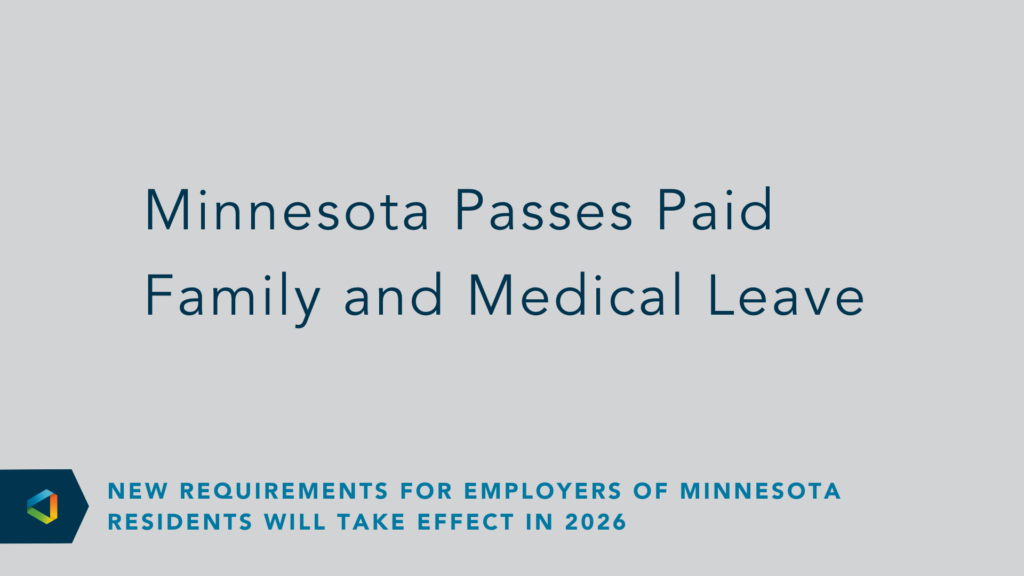No Headaches
How to Justify Which Employees to Bring Back to the Workplace
How to Justify Which Employees to Bring Back to the Workplace
Today, companies face determining which employees to bring back, when, and in what roles after over two months of either worksite closure or operating with a skeleton crew in response to COVID-19.
Employers want to carefully review several considerations that can be used to assess who should be welcomed back, who should physically return to work after stay at home orders, and which employees should be rehired. Keep in mind that, in an attempt to safely resume operations, it may be beneficial to return employees in phases. However, as these decisions are made, it is imperative that employee workforce decisions are made in a consistent and nondiscriminatory manner.
As employers consider returning to work, the primary question to ask and understand the answer is, “What is the reason for return?” How you answer that question will help drive your decisions around who should return and when.
Some things to consider are:
-
Operations
Think in detail about what is happening to what may have changed with the work, operations, product line, or work function currently being performed. For example, are certain functions able to be successful in a work from home capacity or would this function, program, or operation benefit returning to the physical work location? If so, how and why will it be of benefit to return to the physical work site?
-
Redundancy
If applicable, will this function/employee be the only one working in the same capacity, or is more than one employee needed to perform the work/function/operation successfully? Why is this employee or group identified the best suited to return to the physical workplace? Can this employee, or employees within this group, be staggered into the physical workplace? When should this employee/group return to the workplace? Could this employee be considered for the next phase of the return to work plan?
-
Skill Set
What are the qualifications need that require returning to the workplace? This section should help explain how the employee’s skills (for example, an industry/technology expertise area, quantitative, data-modeling, customer relationship, etc.) compare to similarly situated employees not selected to return. Does this person have a one-of-a-kind skill set? Do they possess a broader range of skills, so they can fulfill many of the team’s responsibilities if they return to the physical workspace?
-
Employee Performance
If applicable, is the selection to return based on the employee’s performance, even if performance is just one factor in your decision? What aspects of the employee’s performance make them necessary to return?
-
Comparator Employees
If there are 2, 3, or 4 people a similar roles, or that could be compared to one employee, provide specific examples around the decision and why one employee was selected over another. Use performance, skill set, redundancy, utilization and any other factors considered that are appropriate.
An analysis must be completed regarding each employee selected for return to work compared to those not chosen for this phase to help ensure sound business justification and mitigate discriminatory practices.





